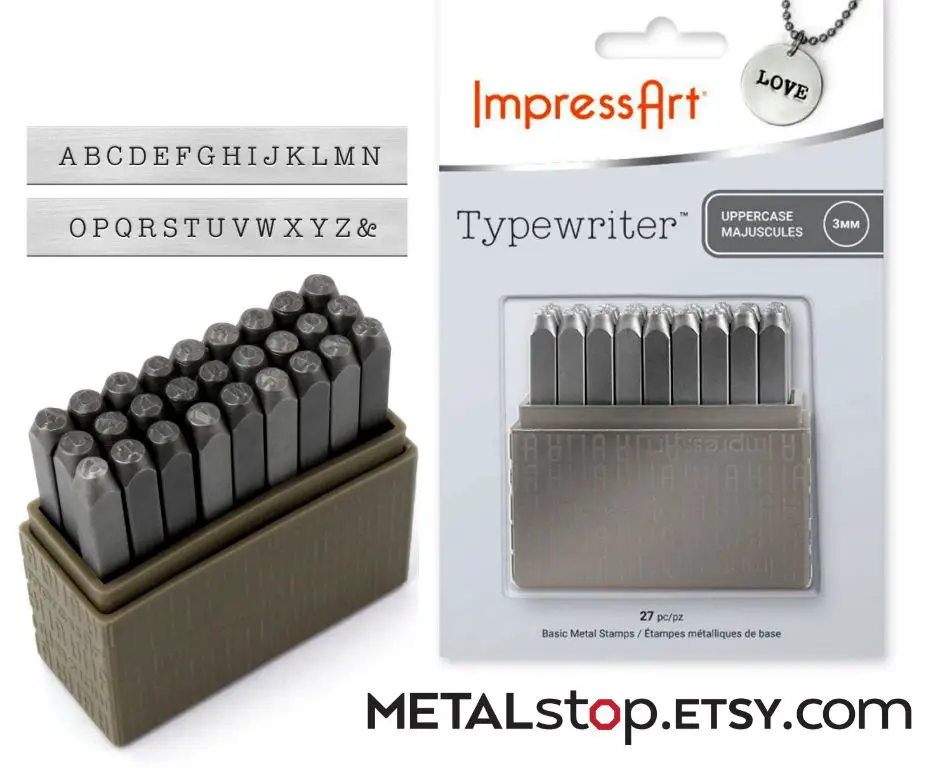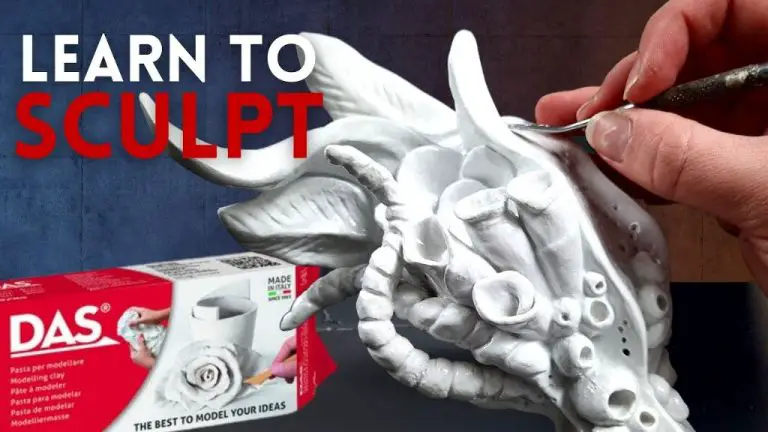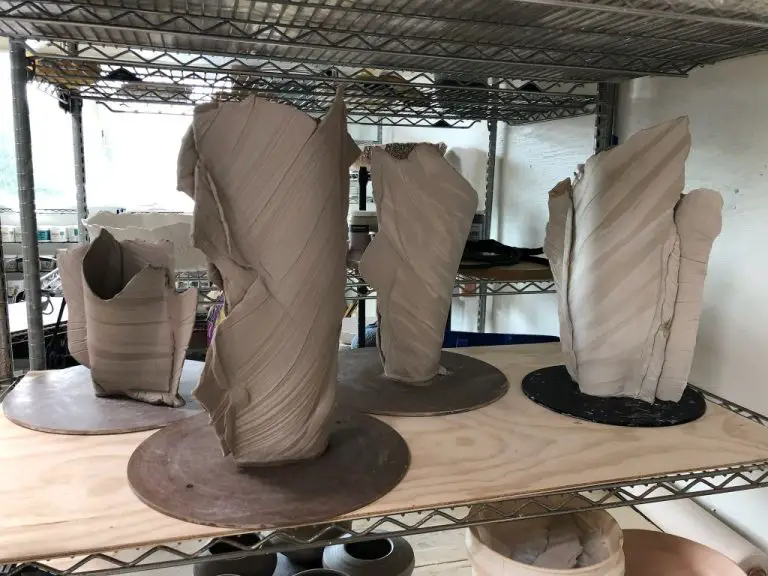What Is A Metal Letter Stamp Used For?
Metal letter stamps have been used for decades to make personalized impressions in metal. A metal letter stamp set consists of individual metal blocks with letters, numbers, and symbols engraved in reverse into them. Each block has a handle attached so you can hold the stamp and strike it firmly against a metal surface to imprint the design. The metal impression left behind creates a personalized, customized look.
Metal stamping dates back centuries, when blacksmiths used letter stamps to imprint names, dates, and designs into their iron works. Over time, as metal stamping became popular for decoration and personalization, stamp sets became available for non-professionals to purchase. Today, metal letter stamp sets are widely used by crafters, jewelers, homeowners, and artists to customize their metal creations and objects.
The main use of metal letter stamps is imprinting words, names, monograms, dates, and designs into metal surfaces like jewelry, tools, cutlery, home decor, keepsakes, plaques, and more. The impressions create a depressed area that stands out from the flat metal surface with an embossed, professional look. With a full set of letter stamps, you can imprint any words or phrases you like into metal.
Making Impressions in Metal
Metal letter stamps imprint letters, numbers, images, and designs into metal through a hammering process. The stamp set contains individual letter stamps engraved with the reverse image of the letter or design. When hammered into the metal, the reverse engraving creates a raised impression in the metal.
The basic process involves placing the metal stamp against the metal surface, then striking the stamp with a hammer to imprint the image. The hammering action compresses the stamp against the metal, forcing the metal to take the shape of the engraved letter or design on the stamp. With repeated hammer strikes, the letter or image becomes cleanly and clearly impressed into the metal surface.
Metal letter stamping requires stamps made of hardened steel to withstand the hammering and imprint designs into hard metal surfaces like steel, aluminum, silver, or copper without deforming. The amount of force and number of strikes determines the depth and clarity of the impressions in the metal. With practice, detailed and professional-looking stamped designs can be achieved.
For specific instructions, check out this comprehensive guide on how to metal stamp from ImpressArt.
Common Uses

Metal letter stamps have a variety of common uses for marking and personalizing metal items. Some of the most popular uses include:
Marking jewelry – Stamping letters, numbers, symbols or designs into jewelry is a common way to customize and personalize rings, bracelets, necklaces, and other metal jewelry. Jewelers often use letter stamps to engrave initials, names, dates, or short messages inside bands or on the back of pendants and lockets.
Customizing tools/knives – Metal stamps are frequently used by craftsmen to customize, label, and personalize hand tools, knives, and other metal shop items. Mechanics may stamp a name or identifier on tools, while knife makers use stamps to etch names, initials, or designs into knife blades and handles.
Labeling equipment – In industrial and manufacturing settings, metal stamps help workers permanently label metal equipment, tool boxes, machinery, and other items. Stamps allow clear, durable markings for identification and keeping track of metal objects.
Personalizing household items – Around the home, metal stamps create customized housewares. Names, dates, images, or messages can be stamped onto metal pots, pans, utensils, buckets, pet ID tags, and decorative items to make them special.
Choosing Stamps and Letters
There are several factors to consider when choosing metal letter stamps for a project:
Stamp Set Size: Letter stamp sets range from single letter stamps to full alphabets. Larger sets with more letters provide more flexibility but can be pricier. Beginners may opt for a smaller set. According to ImpressArt, their most popular sets contain 4-20 letters.
Font Options: Letter stamps come in a variety of font styles like sans serif, script, and decorative. Simple block letter stamps are easiest for beginners to work with. More intricate fonts can create a stylish effect but require more skill and precision.ImpressArt recommends starting with simpler alphabets.
Letter Height: Stamp letter height is measured in millimeters. Common sizes range from 3mm to 12mm. Larger letter stamps are easier to position but limit the amount of text that will fit in a design. Beaducation’s guide provides details on fitting letters in different sizes.
Durability: Look for letter stamps made from hardened steel that will maintain their shape over time and frequent use. Softer brass stamps tend to deform more easily with hammering.
Working the Stamp
Using a metal letter stamp takes some practice to master proper technique. The key is applying the right amount of force when striking the stamp with a hammer. Too light of an impact will result in a faint, partial impression, while too heavy of a strike can damage the stamp.
Hold the stamp perpendicular to the metal surface, keeping your fingers safely out of the way. Use a medium hammer or mallet and take care to hit the stamp directly on target. The face of the hammer should be parallel to the stamp and impact it evenly across the surface.
Start with lighter taps to get a feel for the force needed. Gradually increase the power of your swing until you make a clear imprint. It often takes 2-3 strikes in the exact same spot to get a vivid, defined letterform. Avoid hammering too forcefully or at an angle as that can bend or break the stamp.
Place a scrap piece of leather between the hammer and stamp as a cushion. This will help absorb some of the impact and prevent damage to the stamp. You can also use a stamp positioner tool to securely hold the stamp at the proper angle.
With practice, you’ll get a sense for the right rhythm and flow to efficiently imprint letters. Always check your progress after a few taps and adjust the force or angle as needed. Take care not to overlap letters and leave enough space between words for readability.
Metal Stamping Projects
Metal stamping is a fun and creative hobby that allows you to make custom jewelry, home decor, gifts, and more. Here are some popular metal stamping projects for beginners:
Jewelry
Stamp names, initials, inspirational words, symbols, or designs onto metal charms, pendants, bracelets, and other jewelry pieces. Jewelry makes great personalized gifts. Use copper, brass, aluminum, or silver metals.
Wall Hangings
Metal stamps can create beautiful wall art and decor. Hammer letters, phrases, or designs into aluminum or copper sheets to make inspirational signs and plaques to hang around the home.
Gift Tags
Personalize gift tags for holidays, birthdays, and special occasions by stamping names, dates, and designs onto metal embellishments. Attach to gifts for a special touch.
Coasters
Transform basic metal coasters by stamping monograms, funny quotes, or designs. These make great housewarming and hostess gifts.
Keychains
Make custom keychains with initials or fun sayings stamped into metal discs or tags. Attach a key ring to create a personalized keepsake.
The design possibilities are endless with metal stamping! Customize projects to match any style, space, or occasion. Start with simple designs and easy-to-stamp metals like aluminum before moving onto more intricate projects.
Advanced Techniques
Metal stamping allows for creative techniques to make your projects truly unique. Some advanced methods include:
Filling letters with enamel – After stamping letters, the impressions can be filled with enamel paint. This creates a smooth, glossy look inside each letter for a colorful effect. Enamel won’t chip or fade over time like standard paint. Lettering filled with enamel is commonly seen on address plaques and jewelry.
Two-tone stamping – Using two different metal blanks, such as copper and brass, you can create a two-tone look. Stamp the letters first on one blank, then carefully line up and stamp the same letters on the second blank. When assembled, the two metals together form the stamped words in an elegant, dual-color style.
Creative arrangements – Get creative with the layout and orientation of your stamped letters. Rather than simply stamping horizontally, arrange words on angles, curves, or waves. Stack letters vertically or even upside down. Create borders and backgrounds using abstract stamp shapes. The compositions are endless with a bit of imagination.
With the right tools, practice, and inventiveness, metal stampers can utilize these methods and many others to create stunning stamped works. Mastering advanced techniques opens new possibilities for personalized projects.
Caring for Stamps
Proper care and maintenance of your metal letter stamps will help keep them looking great and stamping cleanly for a long time. Here are some tips for storage, cleaning, and maintenance of metal stamps:
For storage, keep stamps in a dry place away from moisture to prevent rusting. Storing in a drawer, toolbox, or case will help protect them from dust and scratches. Avoid letting them bang against each other, which can damage the engraved letters and edges.
Clean stamps regularly with a soft cloth to remove ink and material buildup which can affect the impression. For deeper cleaning, use a brass brush or old toothbrush to gently scrub. You can also use a jewelry polishing cloth to buff the stamp faces.
If rust develops, it can be removed with fine grit sandpaper, steel wool, or a rust eraser. Take care to rub in the direction of the engraving so you don’t wear down the letter edges (Source). After cleaning, rub a thin coat of camellia oil on the stamps to protect from moisture.
Avoid hammering too hard when stamping, which can result in burrs on the edge of the stamp face. Use a jeweler’s file periodically to smooth and re-shape any damaged edges or faces.
With proper care, storage, and cleaning, your metal letter stamps can stay in quality stamping condition for many years of projects.
Tips and Tricks
When first starting out with metal stamping, it’s important to keep some key tips in mind to help avoid common beginner mistakes. Having the right tools and understanding basic techniques can make a big difference in achieving professional looking results.
One of the most important tips is to make sure you are using high quality metal stamps with crisp, defined edges 1. Stamps made from soft metals like aluminum can lose their shape with repeated use. Opt for hardened steel stamps for longevity and precision.
It’s also key to have a sturdy backing surface like an arbor press or bench block to absorb the impact of hammering 2. This prevents distortion of the metal blank. An eye protection shield will also help beginners feel comfortable striking the stamp firmly.
When positioning the stamp, hold it completely vertical without rocking to ensure a clear impression. Use a ruler or guide to keep lines and words straight. Apply an even coat of stamping lubricant to prevent sticking.
Other handy tips are starting with simple designs, using a chasing hammer for detailing, and practicing first on inexpensive metals like copper or nickel silver. Patience and taking time to gain experience will lead to great results.
Conclusion
Metal letter stamps are simple yet versatile tools for imprinting letters and designs into metal surfaces. Throughout this article, we’ve explored the main uses and benefits of these stamps:
They allow you to personalize metal items like jewelry, tools, utensils, and decor pieces by stamping names, initials, dates, or short phrases. This provides a customized, handcrafted touch.
Stamps are commonly used by blacksmiths, metalsmiths, and other metalworkers to imprint their maker’s mark or logo. This identifies their work.
Jewelers utilize letter stamps to imprint serial numbers, purity marks, or hallmarks into pieces of jewelry. This provides authenticity.
Artists can use stamps to emboss words or symbols into metal art, adding textural interest and deeper meaning to their sculptures.
DIYers employ basic stamping to customize everyday metal items around their home, like spoons, tags, steel crates, coffee tins, and more.
In summary, metal letter stamps allow both professionals and hobbyists to make their personalized mark on metal surfaces. With just hammer and stamp, you can create custom metal projects with meaning and style.



